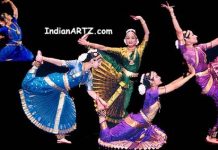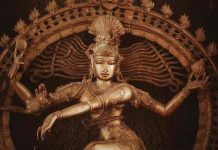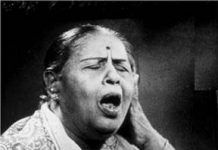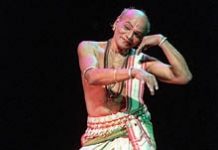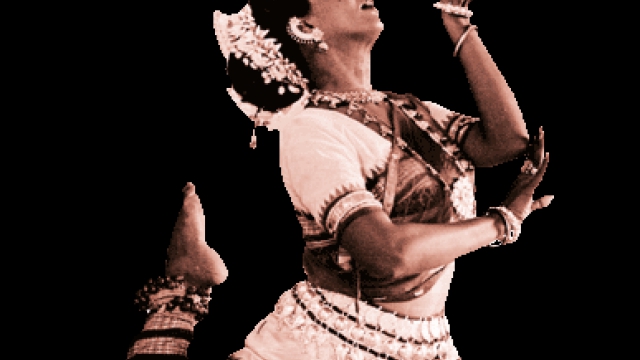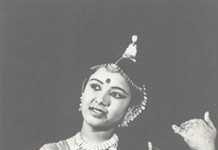Odissi takes its name from the state of its origin, Orissa

Odissi takes its name from the state of its origin, Orissa. Orissa’s interesting geographical position at the exact centre of the eastern border of India, has influenced its culture and tradition a great deal, thus making its dance and music very unique. Though dance originated in Orissa in the 2nd century BC, it was not until approximately 60 years ago that Odissi, in the form it is seen today, was re-invented, re-vitalised and re-defined. Therefore, Odissi is a synthesis of the ancient and exotic and modern and intellectual. Todays Odissi is sourced from Devadasi or Mahari tradition (a tradition where beautiful young women were consecrated to the Gods. They sang and danced in the sanctum-sanctorum of the temple as a part of the sacred worship), Gotipua Nacha (a tradition that was started, to popularise the Vaishnava philosophy, by dressing up young boys as women who sang and danced the devotional poems of Vaishnava poets), and the endless sculptures in various motifs carved on the temple walls of Orissa.
Odissi is the only dance form to have another basic body position besides the centered ‘Plie’ stance. The second stance Tribhangi, literally meaning three bends and inspired by temple sculptures, is the feminine curvaceous sculptural position with the body weight on one foot. Therefore, Odissi creates an illusion of sculpture coming to life. Isolated torso movements, typical to the Odissi style only, help create these curves and therefore an eternal ‘S’ pattern is formed in the body and space.

![PANCHAKARMA [ Detoxification ] PANCHAKARMA [ Detoxification ]](https://indianartz.com/blog/wp-content/uploads/2017/07/PANCHAKARMA--Detoxification--218x150.png)





